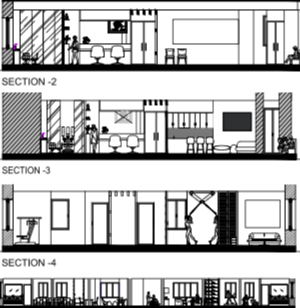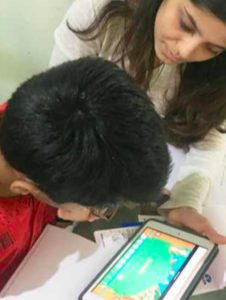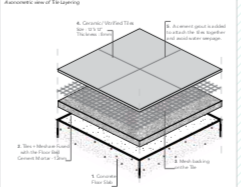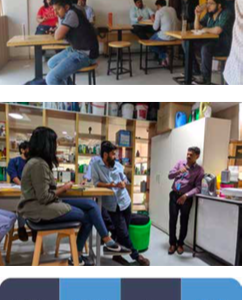Care’s Worth Transitioning the way to Recovery by Palak Mehta
Thesis Statement:
As patients move from hospital to home environments, their health is in a state of flux: they are well enough to leave the hospital, yet they are incapable of living without help. This capstone therefore focuses on designs of an intervention in the healthcare system, a transitional care facility for patients who are, or have been subject to cardiovascular diseases and its accompanying risks.
 Our view of health is changing to encompass a social as well as a medical model. This holistic view is an approach that sees health and well-being as interdependent and holds ‘prevention’ as important as ‘cure’. Good health is determined not simply by access to medical care, but by a range of factors, some of which are closely related to the quality of the physical environment. It is widely recognised that the design of the environment affects the healing process. Evidence shows that design can affect patient health outcomes, staff recruitment and retention, and even the effective provision of care.
Our view of health is changing to encompass a social as well as a medical model. This holistic view is an approach that sees health and well-being as interdependent and holds ‘prevention’ as important as ‘cure’. Good health is determined not simply by access to medical care, but by a range of factors, some of which are closely related to the quality of the physical environment. It is widely recognised that the design of the environment affects the healing process. Evidence shows that design can affect patient health outcomes, staff recruitment and retention, and even the effective provision of care.
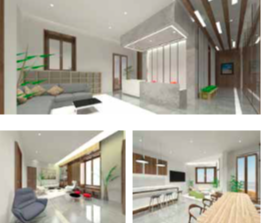 Recently in India, major investment in healthcare buildings has resulted in new treatment centres and integrated community settings for primary health and social care. The need for the built environment to provide safe, effective and high-quality places that can adapt to changing care delivery patterns has never been as clear. This research therefore takes point of departure in questioning where future patients should search for social interaction, support and care post hospitalisation or when they are undergoing any kind of critical illness. It seeks to define a new category of spaces after hospitalisation and before home care, where patients have an opportunity to interact and simultaneously receive support.
Recently in India, major investment in healthcare buildings has resulted in new treatment centres and integrated community settings for primary health and social care. The need for the built environment to provide safe, effective and high-quality places that can adapt to changing care delivery patterns has never been as clear. This research therefore takes point of departure in questioning where future patients should search for social interaction, support and care post hospitalisation or when they are undergoing any kind of critical illness. It seeks to define a new category of spaces after hospitalisation and before home care, where patients have an opportunity to interact and simultaneously receive support.
The goal is to show feasible spatial designs for a healthy environment that is not alienating but inclusive and empowering. The design further elaborates on the lessons of behavioural design research of human phycology and applies them to the interiors of healthcare facilities. It explores on how the design of the built environment can help to deliver three key objectives of wellbeing : modernising preventive healthcare, addressing health inequalities through lifestyle changes, and creating healthy, sustainable and overall development of the human body.
Care’s Worth Transitioning the way to Recovery by Palak Mehta Interior design 2019

